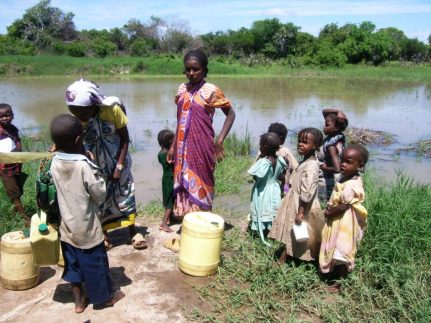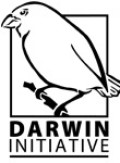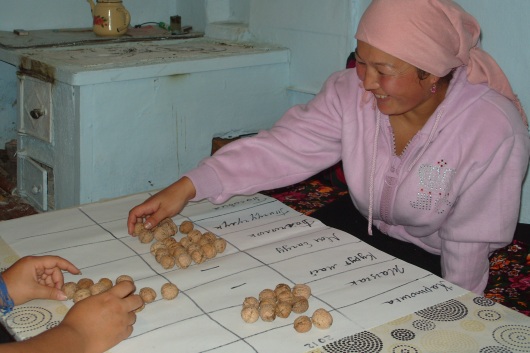Gender and biodiversity have strong connections, especially when it comes to biodiversity conservation and sustainable development. Gender equity is shaped by social, cultural and natural environments and these realms are all relevant when considering biodiversity conservation and poverty reduction.
Depending on cultural values, and local laws, men and women can have very diverse contributions to biodiversity conservation. Men and women play different roles in communities and therefore often have different sets of knowledge and understanding. They use this knowledge in different ways and have differing levels of access to natural resources. For example women often have few, or no, land ownership rights. This can impinge upon their access to natural resources on which they depend to feed their families. Yet, through their continued interaction with local biodiversity, women are aware of the delicate intricacies of ecosystems and are often the first to notice if there are any negative changes to local biodiversity.
Uganda-19-019-Dingolo, a Mutwa elder, shows the group a medicinal herb from the forest-Credit FFI_P Wairagala
Since the introduction of the International Development (Gender) Act in May 2014 including gender considerations has become compulsory for all Darwin projects.
Incorporating a gender perspective in project design is important as it widens the aspects of poverty alleviation that can be addressed by the project. Doing so helps to shed light on broader understandings of poverty alleviation including human wellbeing, an important indicator of poverty alleviation but one that is often disregarded in favour of economic indicators, which can be more simply measured. However, improving gender equity has direct impact on human wellbeing and can heighten the impact of a project considerably.
As women are predominantly involved in the informal sector- much of this being taking care of families- they are well placed to know what really improves wellbeing and how to best demonstrate this. Therefore, women can often be the best agents of sustainable development practices. A good example of this comes from the women of the Boni-Dodori area of Kenya (Project 20-011 ‘Community-based conservation and livelihoods development within Kenya’s Boni-Dodori forest ecosystem’). This project demonstrated that women are more likely to adapt to new technologies and initiatives such as village savings and loan schemes as they are more aware of their practical use and benefits they can provide.

Kenya 20-011 Shortages of water means people (predominantly women) travelling long distances to fetch water Credit J Bett.
Darwin project 19-017 ‘Building capacity for participatory ecosystem-based marine conservation in Central America’ also highlights the vital role of women to wellbeing and food security at the household level. In this project women were found to have a clear role focused on fishing, and the processing and selling of fish. Yet, as is commonly the case, they have often been overlooked in local participatory governance and management structures for marine resources.
Including women in decision making can lead to more informed project design, which leads to improved management of natural resources that promote biodiversity conservation and poverty alleviation. An example of this is Project 19-005: ‘Underpinning the design and management of Cambodia’s first Marine Protected Area’. Here including women in decision making revealed previously unreported roles of women, such as gleaning for molluscs to meet household food security requirements. Knowledge of this is now being used to inform zoning regulations and design livelihood enhancement support, which will help ensure the positive impact of the project on the local community and biodiversity.
By giving women a voice and including them in decision making- whether that be at a project level or higher- will improve a project’s design and its wider impact by making sure it is working appropriately in the local context. It will also help to maximise the benefits for both the local community and the environment. For more information on how Darwin projects are addressing gender issues, check out the latest edition of the Darwin newsletter.
Woman engaging in participatory impact assessment, evaluating change as a result of the project activities.
Credit L Birchenough-FFI





Pingback: Gender equality and biodiversity | The Darwin Initiative Blog | WORLD ORGANIC NEWS